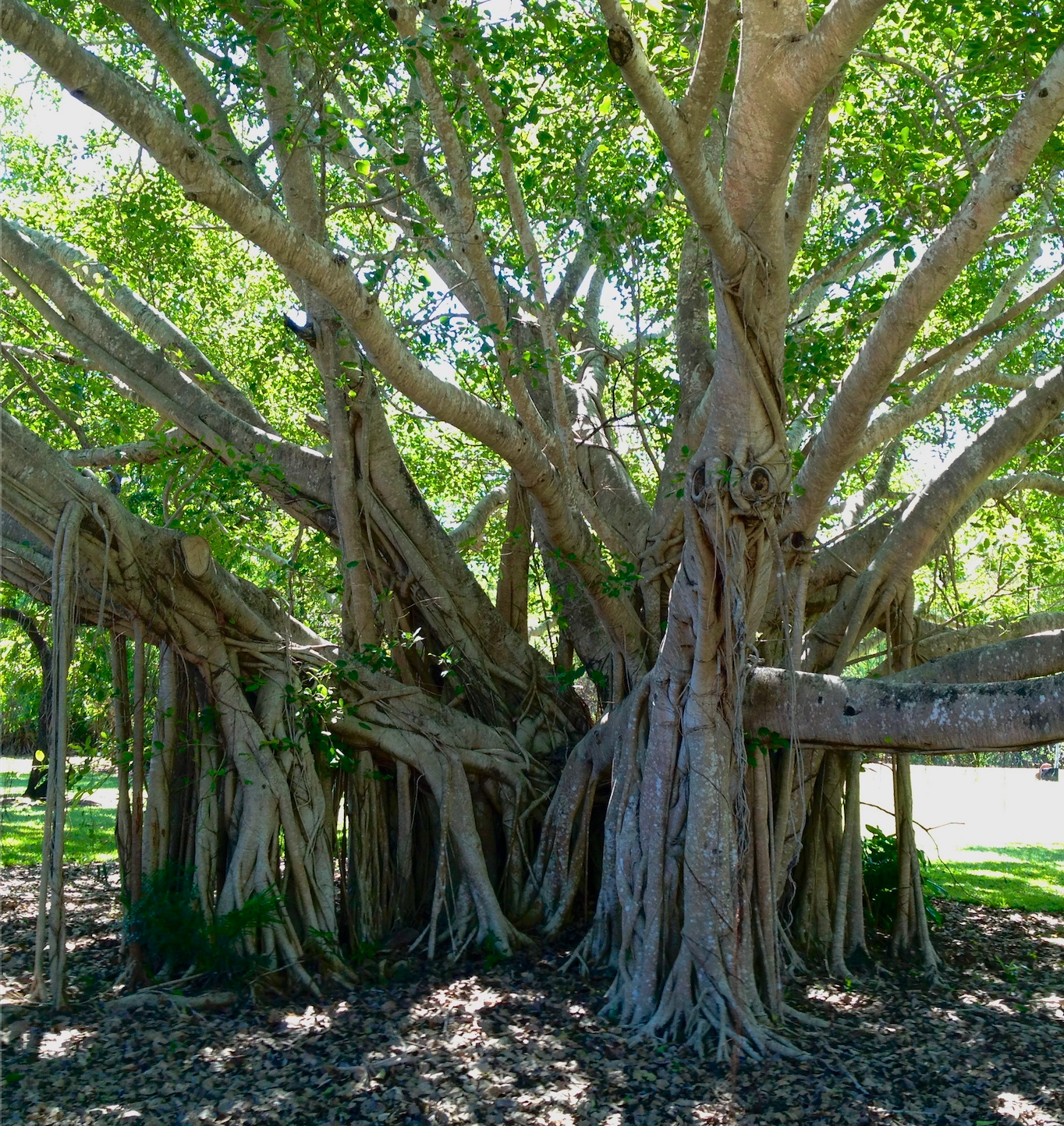Talk of the Trees
 Tuesday, October 8, 2019 at 07:40AM
Tuesday, October 8, 2019 at 07:40AM  Photo by Chris KPIn 1969 Clint Eastwood told us in song that he “talks to the trees, but they don’t listen to me”. As it happens the trees were probably having far more useful conversations with each other, and it’s been going on for a long time.
Photo by Chris KPIn 1969 Clint Eastwood told us in song that he “talks to the trees, but they don’t listen to me”. As it happens the trees were probably having far more useful conversations with each other, and it’s been going on for a long time.
Scientists have been exploring the ways plants communicate with each other for several decade now and some of the early evidence did not come from plants directly, but from animals. It can be easy to think of nature undisturbed by humans as being harmonious and stable. Of course it’s not that simple, the natural world is rich with endless systems networks and dynamic equilibria. There are complex relationships, cooperation and competition.
To avoid being eaten, plants sometimes develop physical barriers such as prickles and thorns. They might also develop chemical defences, such as unpleasant tasting compounds or even toxins in their tissues. These mechanisms can be very effective, but they only work for one plant at a time. Scientist, Wouter Van Hoven, noticed that giraffes would feeding on an acacia tree would stop quite abruptly, then move on to another tree, but not one close by. They would instead move to one upwind and further away. It turns out the first tree had produced tannins in its leaves, which made the leaves much less palatable. At the same time, however, the tree was emitting ethylene into the air which is detectable by other trees. These trees then increase the amount of tannin in their leaves.
Of course for this to happen at all, information (about predation, in the case above) often needs to be carried from one part of the pant another part. This is achieved with electrical signals. When something starts eating a plant, the plant can detect this and respond. It’s not just “something’s biting me” either. Plants are able to recognise different predators based on their different saliva and they will respond differently depending on who nibbling.
 Photo by Chris KPWhen damaged, the tobacco plant releases green leaf volatiles (GLVs). These are the compounds that give freshly mowed grass its distinctive aroma. Up to now it was thought that the GLVs send out a signal chemical signal that attracts predators. The predators then eat the herbivores that are consuming the plant.
Photo by Chris KPWhen damaged, the tobacco plant releases green leaf volatiles (GLVs). These are the compounds that give freshly mowed grass its distinctive aroma. Up to now it was thought that the GLVs send out a signal chemical signal that attracts predators. The predators then eat the herbivores that are consuming the plant.
It turns out that when the tobacco species Nicotiana attenuata is attacked by tobacco hornworms (the caterpillar of stage of Manduca sexta), the chemical signal produced is different to the signal released if the tobacco plant is damaged in some other way.
Communication between plants, corresponds to the sensory capacity of individual plants. There is even evidence that plants can remember a situation they’ve experienced. Monica Gagliano coordinated a fascinating experiment in which they shone a blue light on pea plant. The plants would grow towards the light, because they use this light to photosynthesis. The plants experienced the light regularly. After a while they introduced a fan at the same time as the light, so the plants would experience the air from the fan as well as they light. This too they carried out regularly, and again the plants would grow towards the light. Then they stopped using the light and simply turned on the fan. The plants would grow towards the fan flow even when the light was not present, but only if they were “trained” to do so. This is plant equivalent of Pavlov’s dogs.
Plants are also connected via their roots, not just from below the ground to above the ground, but to each other. This might be via direct contact, but is commonly via a network of fungal threads or hyphae. There are a lot of fungal hyphae underground, intertwined with each other and with the roots of plants. They carry signals between plants and can even influence how nutrients are shared between adjacent plants. If you consider that the largest organism on earth is a fungus and that is covers and area more than 2,00 acres (more than 950 hectares), you can see how extensively they spread. With millions of years to refine their roles and relationships, it’s no wonder they’re so well connected with their plant friends.
 Photo by Chris KP
Photo by Chris KP
References (2)
-
 Response: 1,')((.)".(1
Response: 1,')((.)".(1 -
 Response: katanakatana
Response: katanakatana

Reader Comments